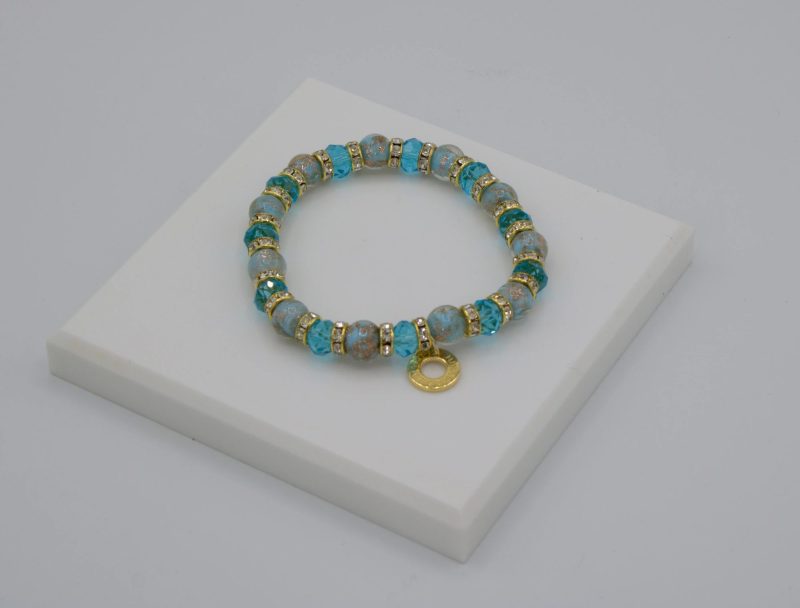Murano glass jewelry is a symphony of colors, an adventure into all variations of shades, hues and pigments. The city of Venice, Italy is a canvas painted with an array of vivid colors. The warm sunlight enhances the city’s natural and architectural beauty, casting golden glows on its iconic buildings and sparkling reflections on its waterways. Murano glass jewelry is a reflection of the seasons, transform Venice into a kaleidoscope of colors. The azure blues of the lagoon to the lush greens of its gardens and parks, the earthy tones of its historic structures, and the vibrant reds, oranges, and yellows of its bustling markets and festivals.
Why Such Attention to Murano Glass Jewelry
Murano glass jewelry is celebrated worldwide for its exquisite craftsmanship and brilliant colors. Reflecting the stunning hues of Venice, Murano jewelry is more than just another addition to you jewelry collection. So let’s experience how the seasons of inspire the creation of Murano glass jewelry and their symphony of colors.
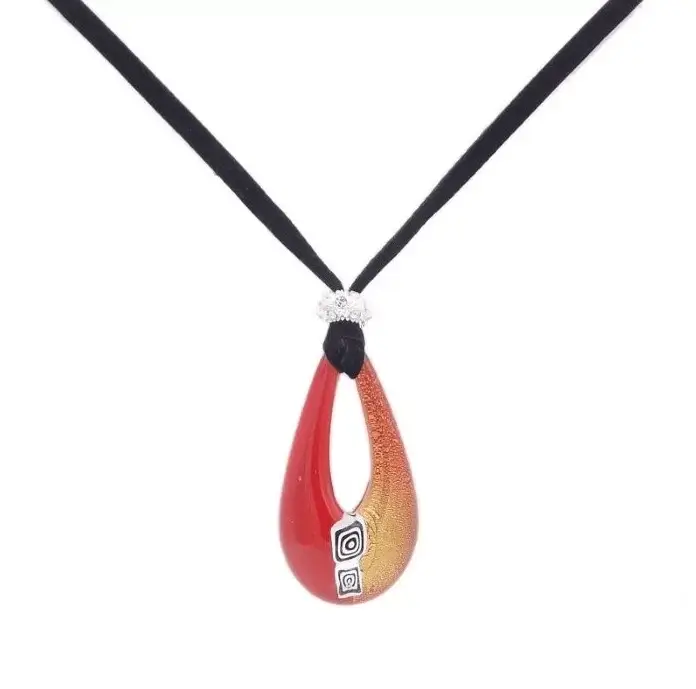

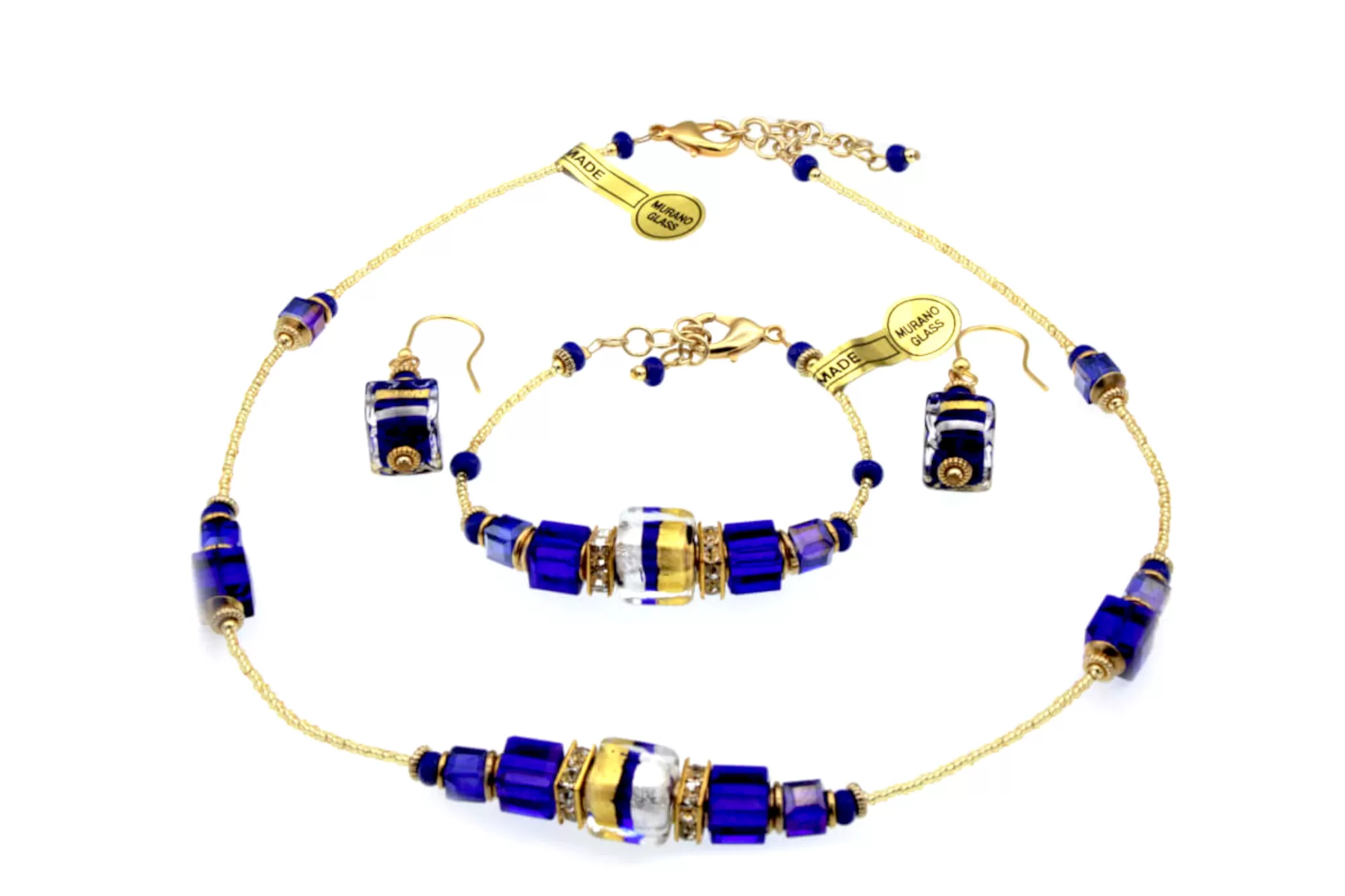
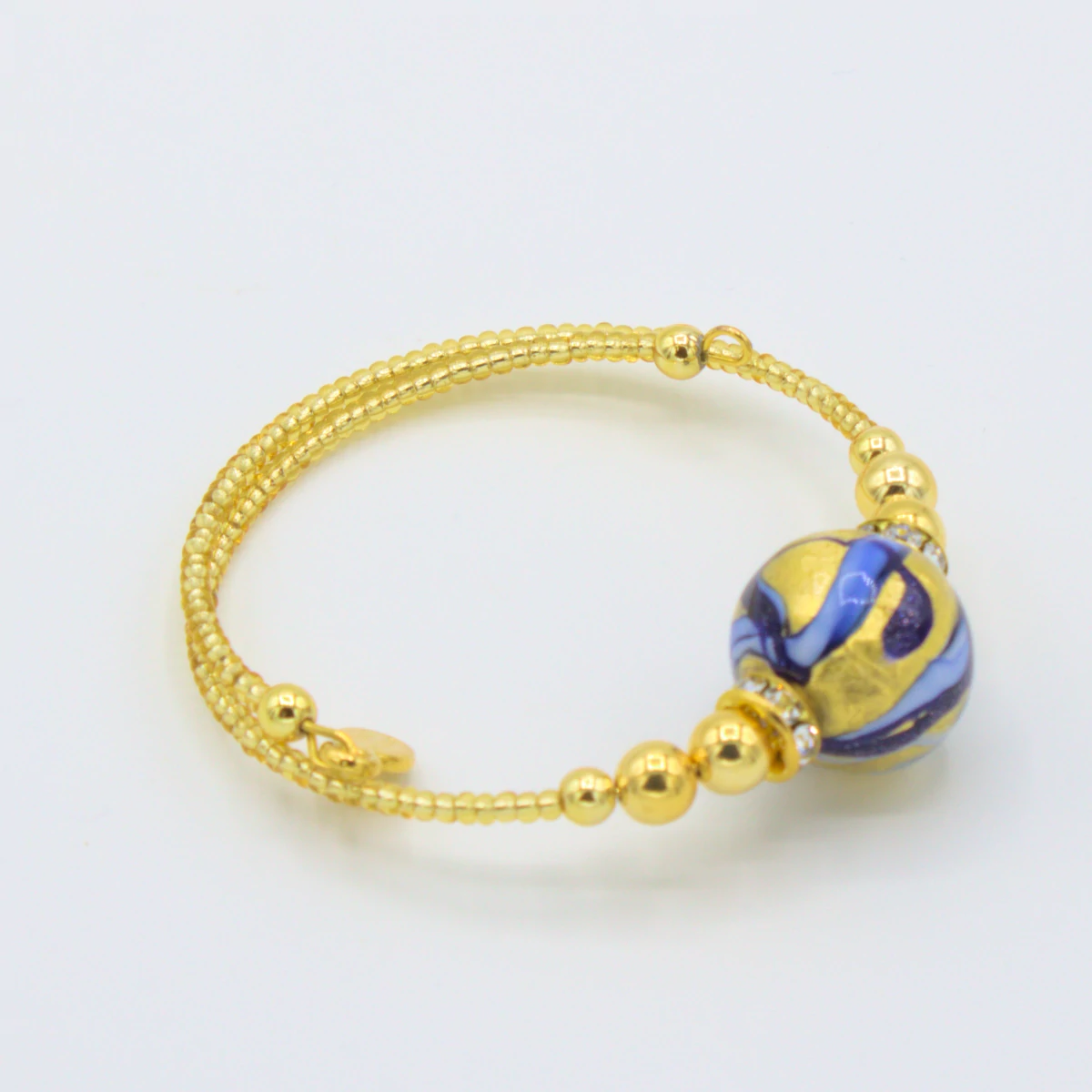
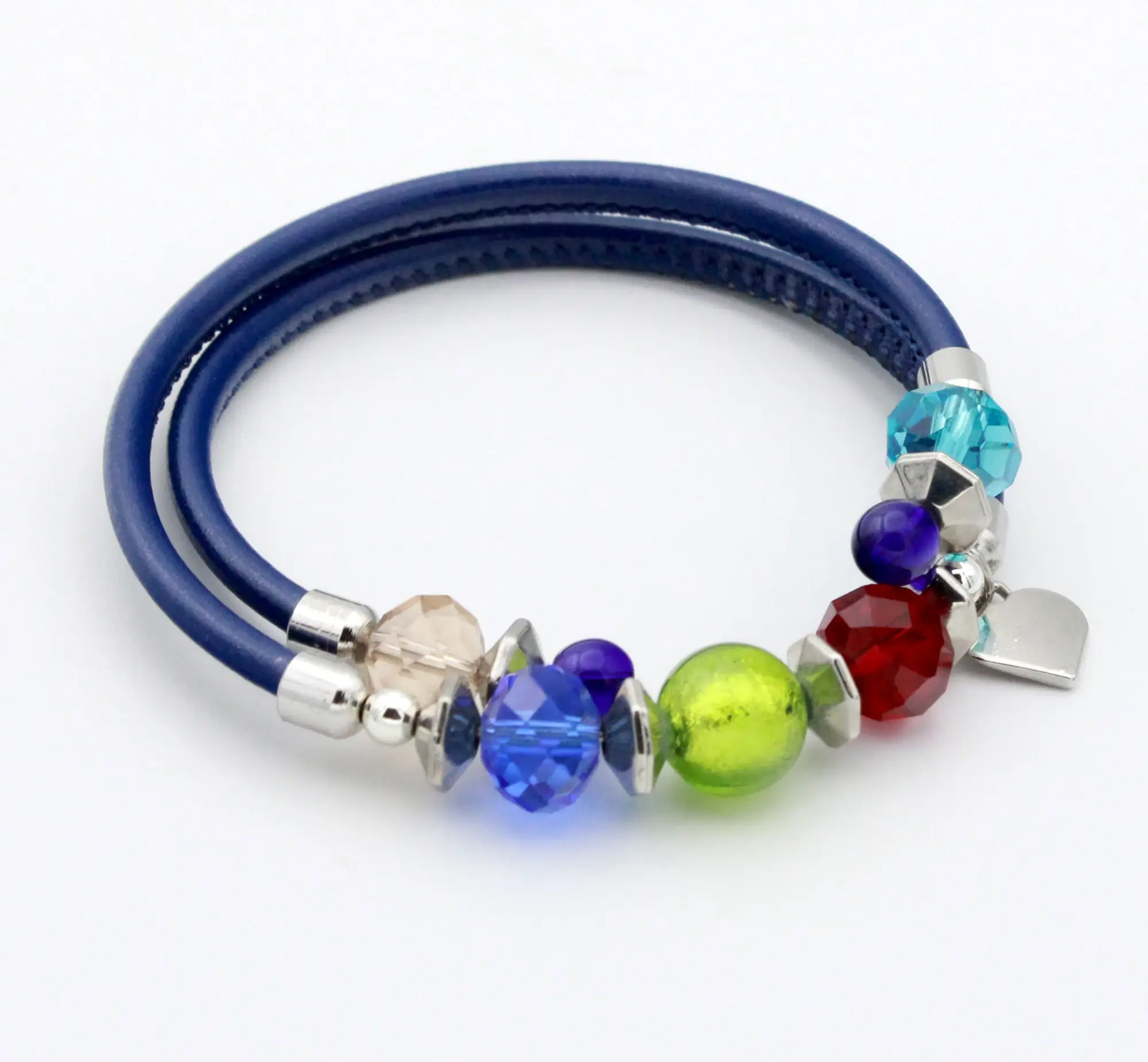


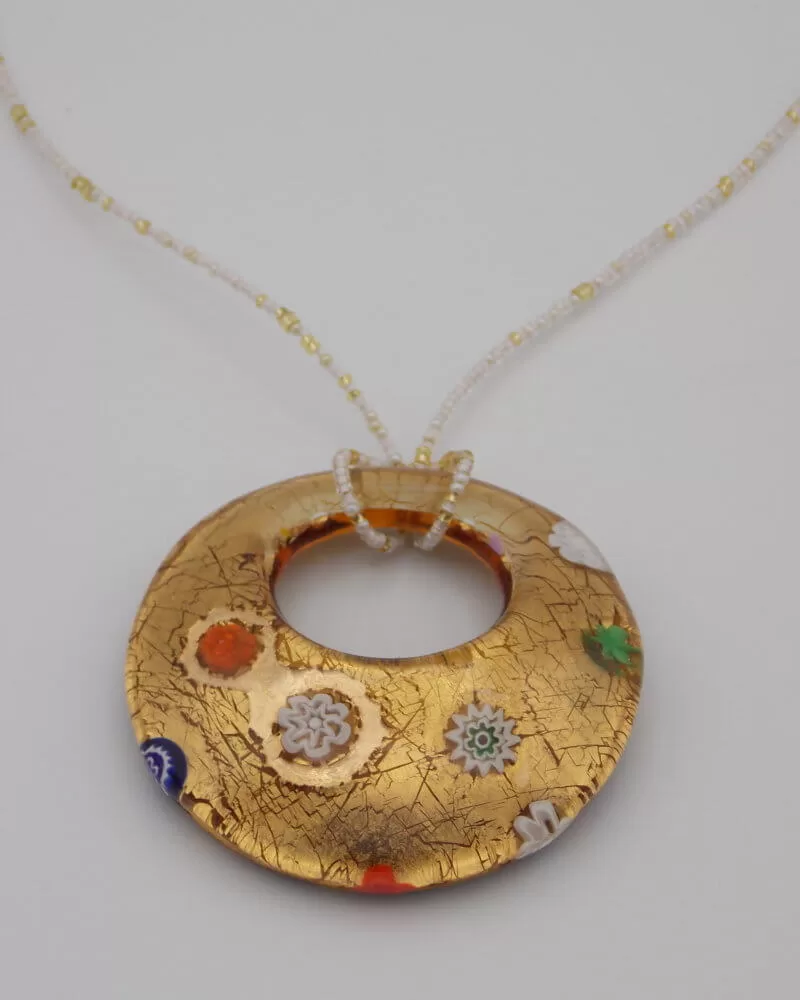
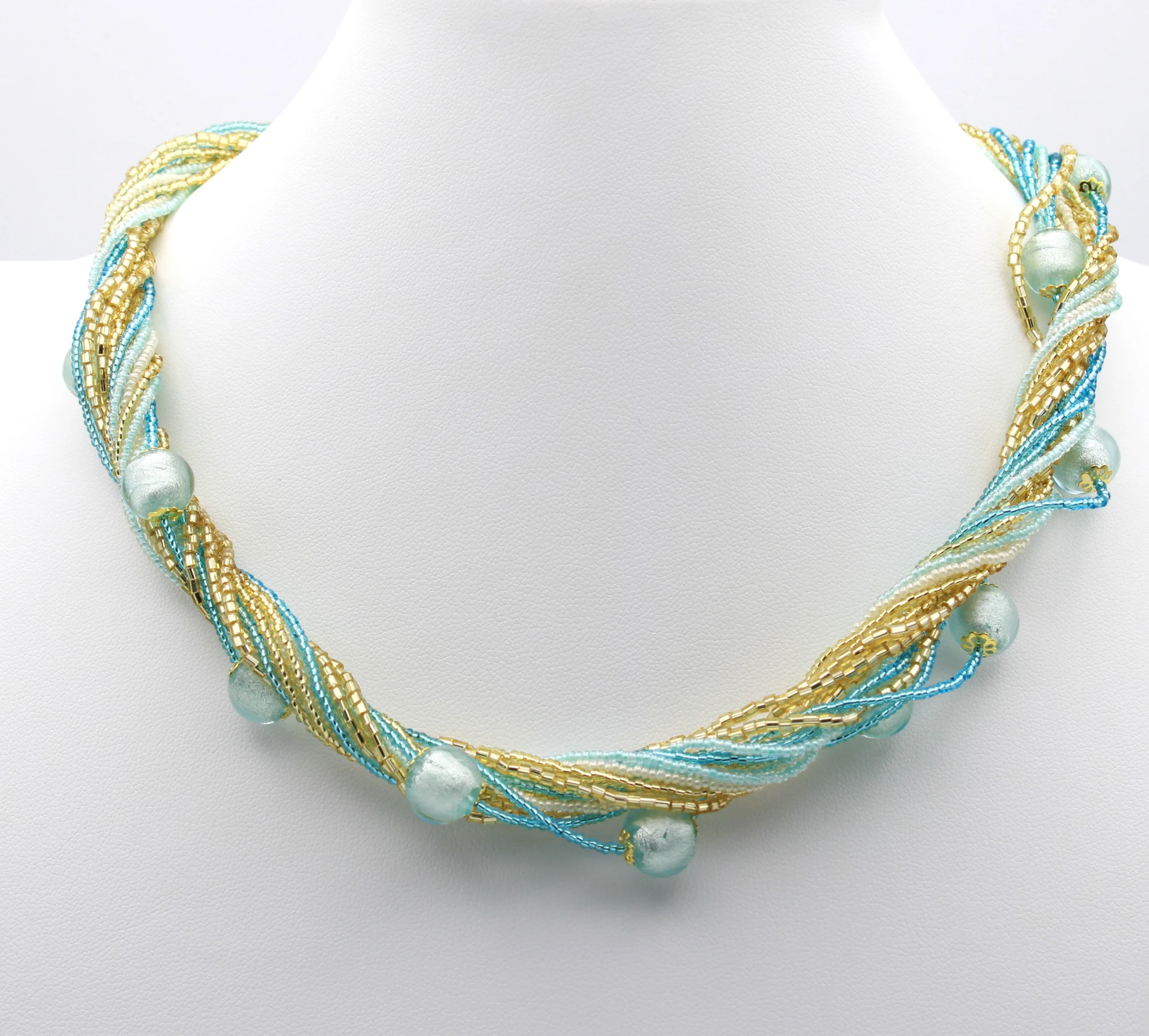
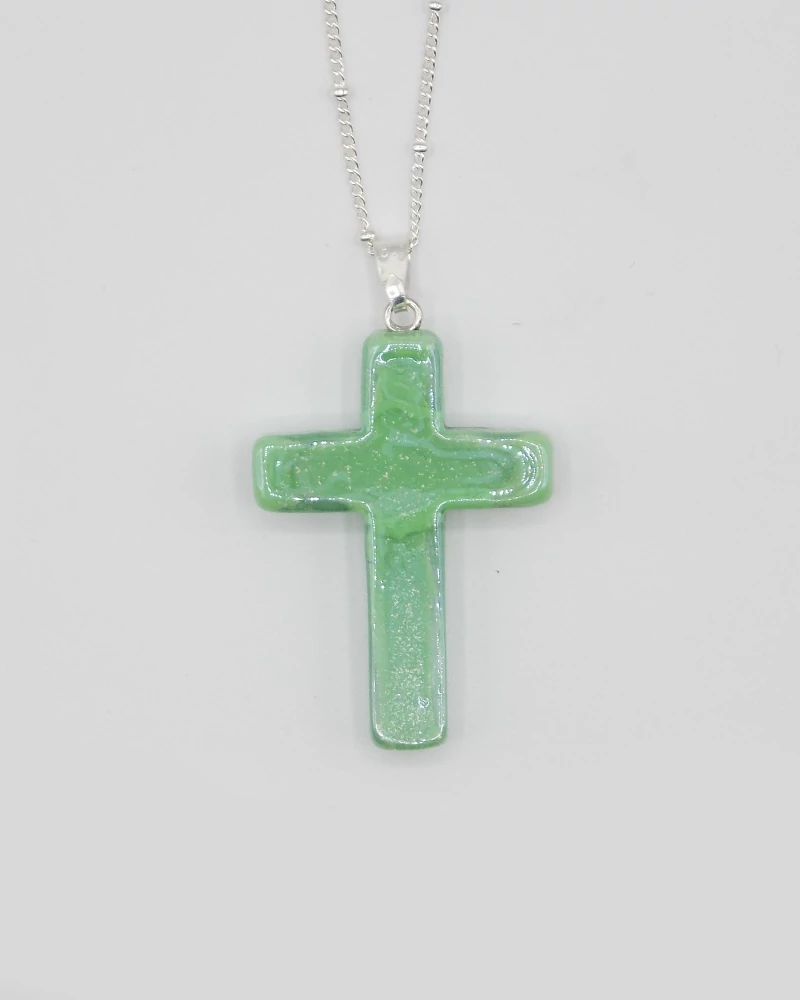
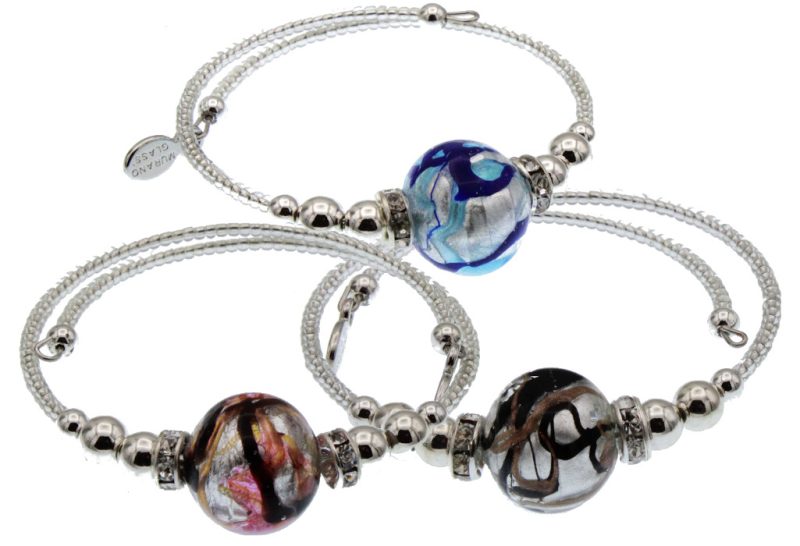
Preserving a Legacy
Efforts to preserve the rich history and tradition of Murano glass continue. Institutions like the Museo del Vetro (Glass Museum) on Murano showcase historical pieces and educate the public about the island’s glassmaking heritage. Collaborating with with designers and artists keep the craft vibrant and relevant in the modern era.
Descriptions of Murano Glass Jewelry
Let’s delve a little deeper! Here is a description of the types of Murano glass jewelry pictured.
- Millefiori Beads:
- Appearance: Beads with vibrant, colorful patterns resembling tiny flowers. Each bead is a mosaic of glass rods fused together and sliced to reveal the intricate designs.
- Usage: Often used in necklaces, bracelets, and earrings, these beads are iconic and instantly recognizable.
- Lampwork Beads:
- Appearance: Handcrafted beads made using a torch to melt the glass. These beads can be clear or opaque and often feature embedded patterns, swirls, or metallic flecks, always with Murano color exceptionalism.
- Usage: Popular in all types of jewelry, from simple pendant necklaces to elaborate statement pieces.
- Gold and Silver Foil Beads:
- Appearance: Glass beads with a core of gold or silver foil. The foil gives the beads a shimmering, metallic look, often encased in clear or colored glass.
- Usage: These beads add a touch of luxury to jewelry pieces, making them ideal for elegant, formal designs.
- Murano Glass Pendants:
- Appearance: Larger, focal pieces often shaped into hearts, teardrops, or abstract forms. These pendants can feature any of the aforementioned techniques, often combining them for a unique look.
- Usage: Typically used as the centerpiece in necklaces, these pendants can also be used in statement earrings.
- Venetian Glass Beads:
- Appearance: Often round or oval, these beads can be clear or opaque and feature intricate patterns, sometimes resembling lace or filigree.
- Usage: Used in delicate, feminine jewelry designs, these beads are perfect for adding a touch of elegance to any outfit.
- Murano Glass Rings:
- Appearance: Bold, colorful rings that showcase the glassmaker’s skill. These rings can feature embedded patterns, swirls of color, or even small sculptures encased in glass.
- Usage: Statement pieces that can add a pop of color and artistry to any ensemble.
Origins
The history of Murano glass dates back to the 8th century when Venetian merchants imported glass from the Middle East. By the 10th century, Venice had become a significant center for glassmaking, thanks to its strategic location and access to high-quality raw materials. The art of glassmaking was further refined in the 13th century when all Venetian glassmakers were moved to the island of Murano in 1291. This relocation was partly to reduce the risk of fires in the city and partly to protect the secrets of glassmaking from potential competitors.
The Rise of Murano
Once relocated to Murano, the glassmakers began to perfect their craft in isolation, benefiting from a controlled environment and a supportive community of artisans. This move also helped protect their techniques and secrets from being copied by competitors. Over time, Murano glassmakers developed a wide array of techniques and styles that set their work apart, establishing Murano as the epicenter of glassmaking excellence.
The Golden Age
Murano glass reached its zenith during the Renaissance. The glassmakers’ guild, known as the Arte dei Vetrai, protected trade secrets and regulated production, ensuring high standards of quality. Murano glass became a symbol of luxury and sophistication, coveted by European nobility and royalty. So chandeliers, mirrors, and delicate glassware adorned palaces and wealthy homes, showcasing the artistry and skill of Murano artisans.
Modern Era
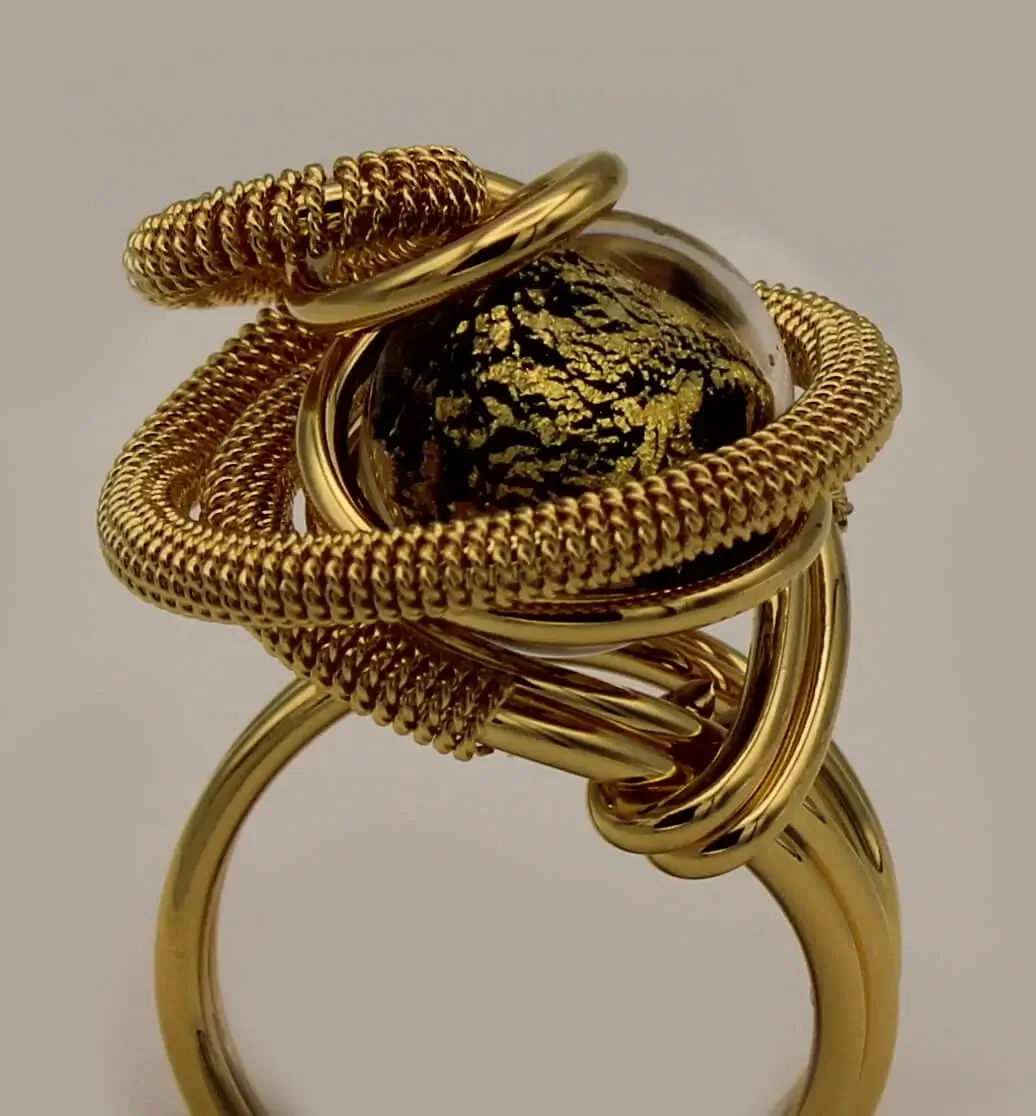
Today, Murano glass remains a symbol of exquisite craftsmanship and artistic innovation. While traditional techniques are still revered and practiced, contemporary Murano glassmakers continue to push the boundaries of the art form, experimenting with new materials and methods. Therefore, the island hosts numerous glassmaking studios, workshops, and museums, attracting visitors and collectors from around the world.
